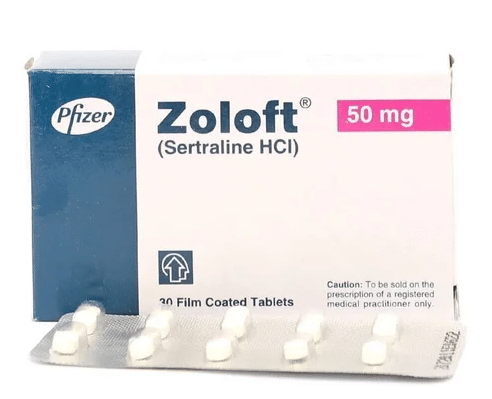**Depression: Understanding the Differences Between Celexa and Zoloft**
Depression is a condition that impacts millions globally. In the United States alone, over 9% of the adult population suffers from this condition. Fortunately, as more people become open about their mental health, addressing depression is no longer as challenging as it once was. Today, there are several treatment options available, including medications such as Celexa (citalopram) and Zoloft (sertraline). While both of these drugs are used to treat depression, they have key differences that patients should be aware of.
In this article, we will delve into the similarities and differences between Celexa and Zoloft in terms of their mechanism of action, side effects, and effectiveness in treating depression.
How Celexa and Zoloft Work
Celexa and Zoloft are both selective serotonin reuptake inhibitors (SSRIs), which means they increase the levels of serotonin in the brain. Serotonin is a neurotransmitter that plays a crucial role in regulating mood, appetite, and sleep.
While both drugs increase serotonin levels, their effects on other neurotransmitters differ. Celexa primarily functions as a serotonin reuptake inhibitor, whereas Zoloft also impacts the levels of dopamine and norepinephrine.
Celexa is FDA-approved solely for treating depression, while Zoloft is FDA-approved for multiple conditions, including major depressive disorders, OCD, panic disorder, and post-traumatic stress disorder. Off-label, doctors may prescribe these medications for other purposes as well.
Side Effects
Both Celexa and Zoloft share common side effects, such as nausea, insomnia, and sexual dysfunction. However, the frequency and severity of these side effects may vary between the two medications.
Celexa Side Effects
Common Side Effects:
- Nausea
- Dry mouth
- Drowsiness
- Insomnia
- Increased sweating
- Fatigue
- Tremors
- Sexual dysfunction
- Weight gain
Less Common Side Effects:
- Increased appetite
- Diarrhea or constipation
- Heartburn
- Headache
- Dizziness
- Blurred vision
- Difficulty urinating
- Rash
- Irregular heartbeat
- Seizures
- Hallucinations
Zoloft Side Effects
Common Side Effects:
- Nausea
- Diarrhea
- Drowsiness
- Insomnia
- Increased sweating
- Fatigue
- Tremors
- Sexual dysfunction
- Weight gain
Less Common Side Effects:
- Dry mouth
- Constipation
- Heartburn
- Headache
- Dizziness
- Blurred vision
- Difficulty urinating
- Rash
- Irregular heartbeat
- Seizures
- Hallucinations
Note: It’s important to remember that not everyone will experience side effects, and the severity and frequency can differ from person to person. If you encounter any unusual or severe side effects, contact your healthcare provider immediately.
Precautions for Celexa and Zoloft
You should not take Celexa if any of the following conditions apply to you:
- You are 60 years old or older
- You take monoamine oxidase inhibitors (MAOIs)
- You have liver problems
- You take pimozide
- You take anticoagulants
- You have a bleeding disorder
You should avoid taking Zoloft if any of the following conditions apply to you:
- You take monoamine oxidase inhibitors (MAOIs) or have taken them in the last 14 days
- You are allergic to sertraline (a component in Zoloft)
- You take pimozide or disulfiram
Doctors will suggest alternative treatments if any of the above conditions apply to you.
Bottom Line
While both Celexa and Zoloft can be effective in treating depression, the right choice depends on the patient’s individual needs and medical history.
If you are experiencing symptoms of depression, it is crucial to discuss treatment options with your healthcare provider. Clinical depression can often be managed with counseling, and medications are prescribed when necessary. Depression is a treatable condition, especially when the patient is open to discussing their symptoms and seeking help.
